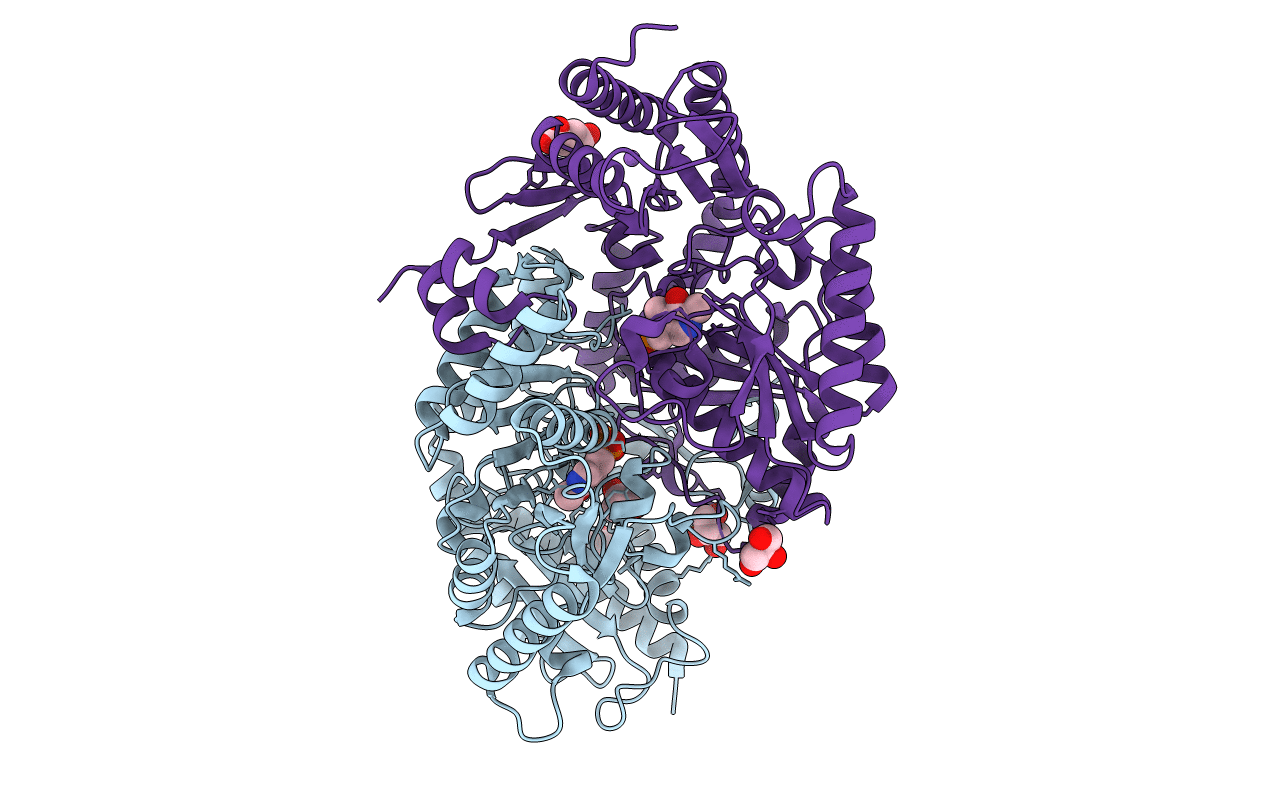
Deposition Date
2019-10-31
Release Date
2020-07-15
Last Version Date
2024-01-24
Entry Detail
PDB ID:
6TB1
Keywords:
Title:
Crystal structure of thermostable omega transaminase 6-fold mutant from Pseudomonas jessenii
Biological Source:
Source Organism:
Pseudomonas sp. (Taxon ID: 306)
Host Organism:
Method Details:
Experimental Method:
Resolution:
1.85 Å
R-Value Free:
0.18
R-Value Work:
0.15
R-Value Observed:
0.15
Space Group:
P 43


